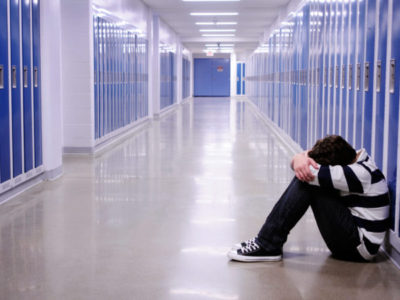Sexual Orientation and Gender Identity Expression (or SOGIE), though not solely how I define myself plays a strong role in my life and identity. LGBTQ issues cross many social justice issues and have a presence in many communities across this country and world. It behooves me to ensure that issues surrounding engagement, care, advocacy, policy and culture are sensitively integrated into my work. Hopefully, you will find some of these articles enlightening and useful!
Gender Expression, Violence and Bullying Victimization
By Allegra R. Gordon, Kerith J. Conron, Jerel P. Calzo, Matthew T. White, Sari L. Reisner and S. Bryn Austin
March 2018
A new study investigating gender expression and victimization of youth ages 13-18 found that the most gender nonconforming students reported higher levels of being bullied and were more likely to report missing school than their more gender-conforming peers because they felt unsafe. They were also the most likely to report being victimized with a weapon on school property.
Researchers analyzed data collected from 5,469 students ages 13-18 from four urban school districts, including San Diego, Los Angeles, Chicago and Broward County, FL, and found that:
- The most gender nonconforming students were more likely to experience in-school and electronic bullying than other students. Reports of being bullied increased with each level of gender nonconformity measured: each step towards the most gender nonconforming end of the spectrum was associated with 15% greater odds of being bullied.
- Among highly gender nonconforming students, 14.4% of girls and 23.5% of boys reported having been in a fight in the past year.
- Highly conforming students (e.g., girls who thought they were seen as very feminine and boys who thought they were seen as very masculine) were also at increased risk of being in a fight compared to moderately conforming students; however, the likelihood of having been in a fight was the highest among the most gender nonconforming students.
- Highly gender nonconforming girls were nine times more likely to be victimized with a weapon, compared to moderately gender nonconforming girls (36% and 4% respectively).
To request a copy of the study, email: williamsinstitute@law.ucla.edu
Cutting off services for people once they turn 18 or 21 is just reinforcing a cycle of misery. A new bill in New York will change that.
— Read on www.advocate.com/commentary/2018/3/12/extending-lifeline-homeless-lgbt-young-adults

